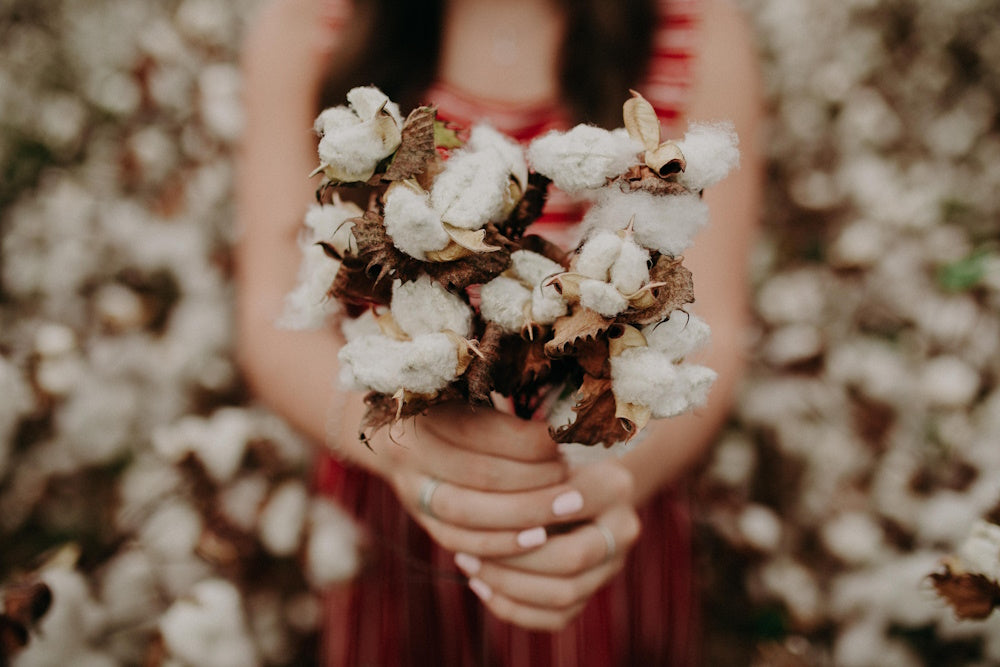Cotton is often synonymous with comfort, spanning everything from the clothes we wear to the sheets we sleep in. But when we peel back the layers, the world of cotton reveals distinct variations, namely organic cotton and conventional cotton. While the two may seem similar, their differences lie in the details of how they impact the environment, ethical considerations, and even on our skin. This article delves deep into these differences, examining each facet of this textile titan and its eco-friendly counterpart.
Table of Contents
- Understanding Cotton and Its Variations
- Sustainability and Environmental Impact
- Quality and Durability
- Ethical Production Practices
- Water Usage and Conservation
- Monocropping Impacts on Biodiversity
- Organic Cotton in Sustainable Fashion
- Global Production Differences
- Future of Organic Cotton
- Common Misconceptions
- Conclusion and Final Thoughts
Understanding Cotton and Its Variations
Organic Cotton vs. Conventional Cotton
Organic cotton is cultivated without the use of synthetic pesticides, herbicides, or fertilizers, using methods that aim to preserve soil health and biodiversity. On the other hand, conventional cotton typically involves the liberal use of chemicals, which can lead to adverse environmental impacts. This core difference significantly influences both the sustainability and ethical dimensions of cotton production.
The Journey from Seed to Fabric
The journey of both organic and conventional cotton begins in the field, yet they diverge quickly in their preparation and production processes. Organic cotton is handpicked with care, preserving the integrity of each fiber, which often leads to a softer and more durable end product. Conventional cotton, while machine-harvested, is sometimes hurried through processes that can break down fiber quality.
Core Attributes: Sustainability and Environmental Impact
Water Usage and Conservation
One of the standout features of organic cotton is its minimal water footprint. It uses up to 91% less water compared to conventional cotton . This massive difference stems from the fact that organic farming methods encourage rainwater harvesting and soil moisture retention, crucial in parts of the world where water is a precious resource.
Pesticide Use and Pollution
Globally, conventional cotton farming accounts for 16.1% of insecticide sales , a statistic emphasizing the heavy chemical reliance in its production process. In contrast, organic cotton farming abstains from such chemicals, significantly reducing both water and soil pollution. This method not only preserves ecosystems but also enhances the living conditions of the wildlife dependent on these environments.
Quality and Durability: What Sets Organic Cotton Apart
Longer Fibers, Better Quality
The careful methods used to harvest organic cotton enable the production of longer fibers. This translates to more durable and softer fabric . Regular cotton, although widely used, can sometimes produce coarser materials due to shorter fiber fragments caused by mechanical harvesting.
Skin Safety and Comfort
Another compelling attribute of organic cotton is its hypoallergenic properties. Without chemicals, organic cotton is safer for individuals with sensitive skin and allergies—an important consideration for consumers looking for softer, irritation-free clothing.
Ethical Production Practices: A Deeper Look
Fair Wages and Working Conditions
The organic cotton industry often champions ethical standards, including fair wages and safer working environments. These practices stand in stark contrast to some conventional methods where farmers may work under less-than-ideal conditions. The focus on equitable treatment is a cornerstone of the organic cotton narrative, further solidifying its ethical standing .
Sustaining Biodiversity with Poly-Cropping
A noted benefit of organic cotton is its use in poly-cropping systems, which mitigate the negative impacts of monocropping seen in conventional cotton. By fostering diverse farming ecosystems, organic cotton helps maintain soil health and overall biodiversity.
Practical Applications and Future Implications
The Role of Organic Cotton in Sustainable Fashion
Organic cotton has become a darling of sustainable fashion, offering brands a means to reduce their environmental footprint while appealing to eco-conscious consumers. This sector will likely expand as consumer awareness and demand for sustainable products increase .
Predictions for the Future
With only 1% of global cotton production being organic , there is substantial room for growth. Future trends indicate a steady rise in organic cotton usage as more industries recognize its environmental and ethical advantages.
Addressing Common Misconceptions
Misconceptions, such as organic cotton always being more expensive, persist. However, as consumer demand grows and production scales up, costs may become more competitive with conventional options. Addressing this could broaden adoption and acceptance.
Conclusion and Final Thoughts
In evaluating the differences between organic cotton and conventional cotton, one can see a distinct narrative of environmental stewardship, fiber quality, and ethical production. While conventional cotton remains a staple in global production, organic cotton offers a pathway toward a more sustainable and responsible future. Moving forward, informed choices made by both producers and consumers can help foster more sustainable practices in textiles, benefiting humanity and the planet alike.
This intricate tapestry of information was woven using rich threads from real research, practical applications, and a future-focused outlook, ensuring that informed readers can appreciate the true value of choosing organic cotton. By exploring the depths of these relationships, we highlight not only what is worn but also the far-reaching impacts of those choices.
For more insights, fashion enthusiasts can visit Miyaw Fashion for a deeper dive into sustainable clothing options.

